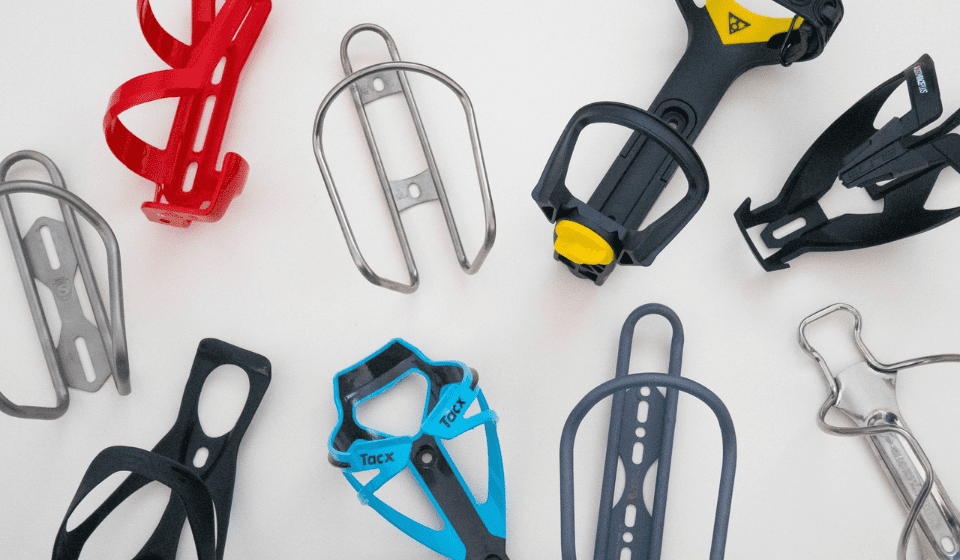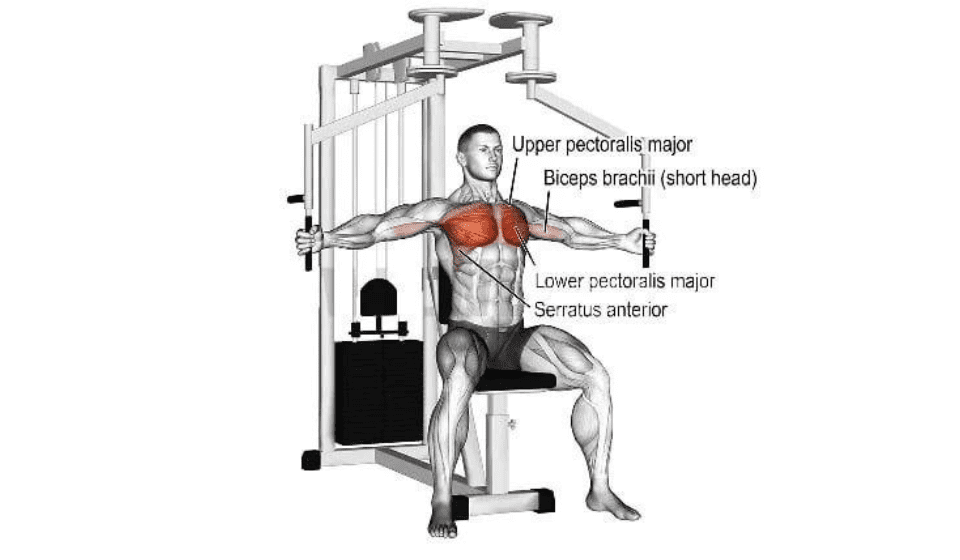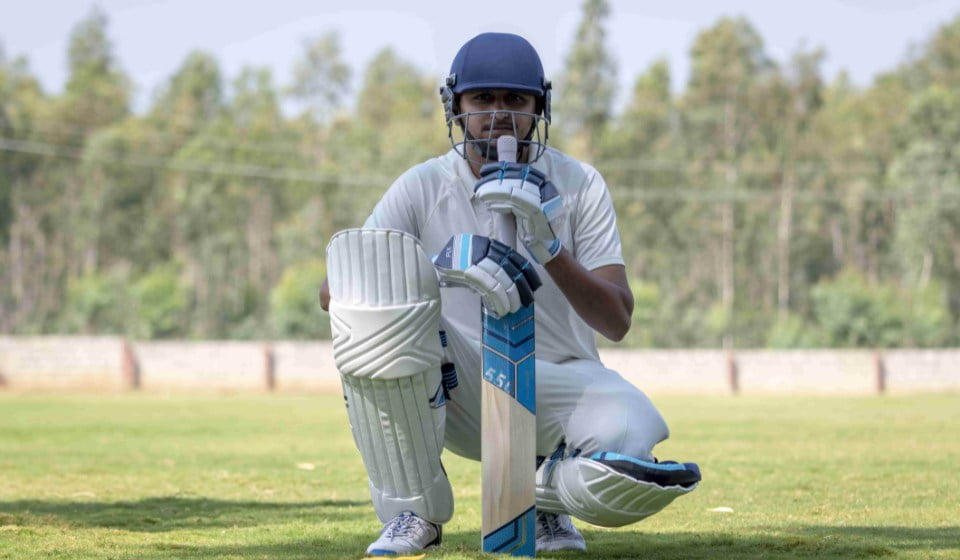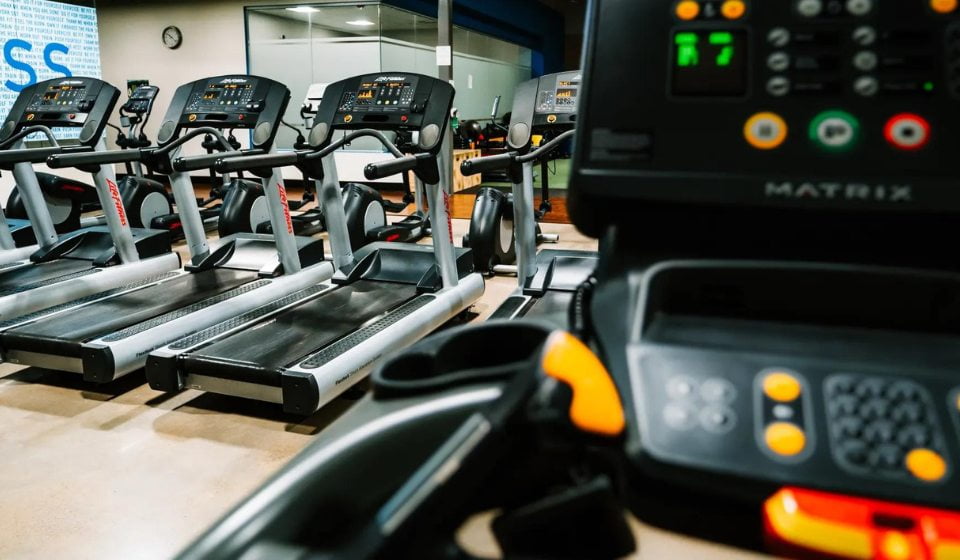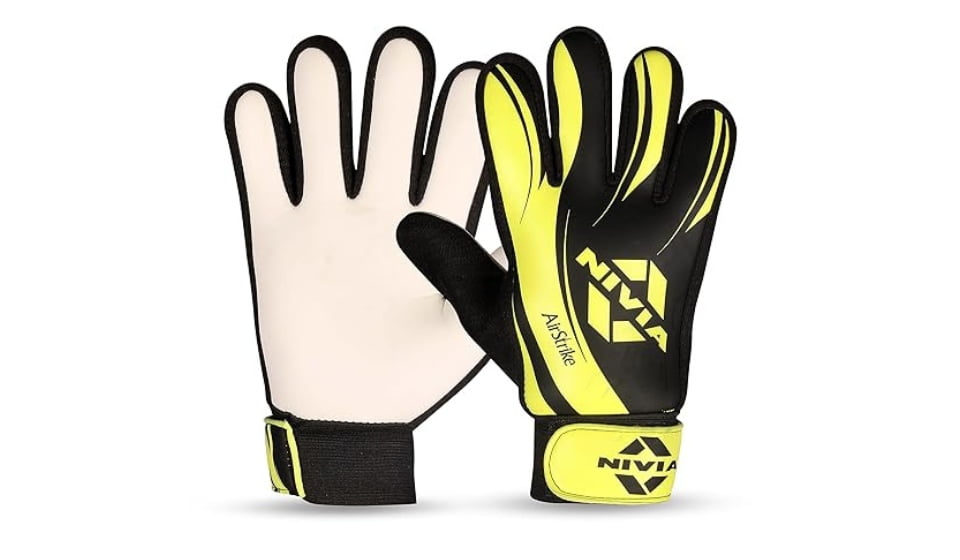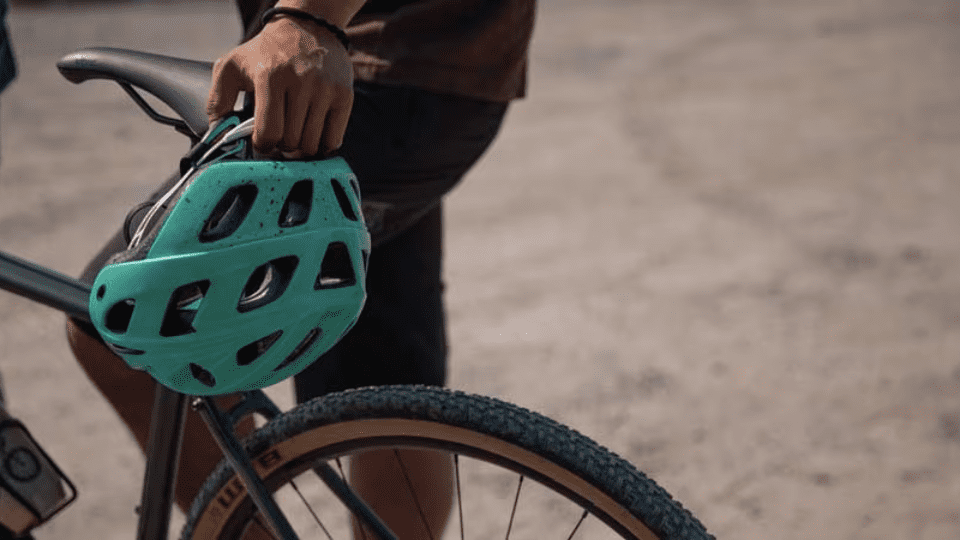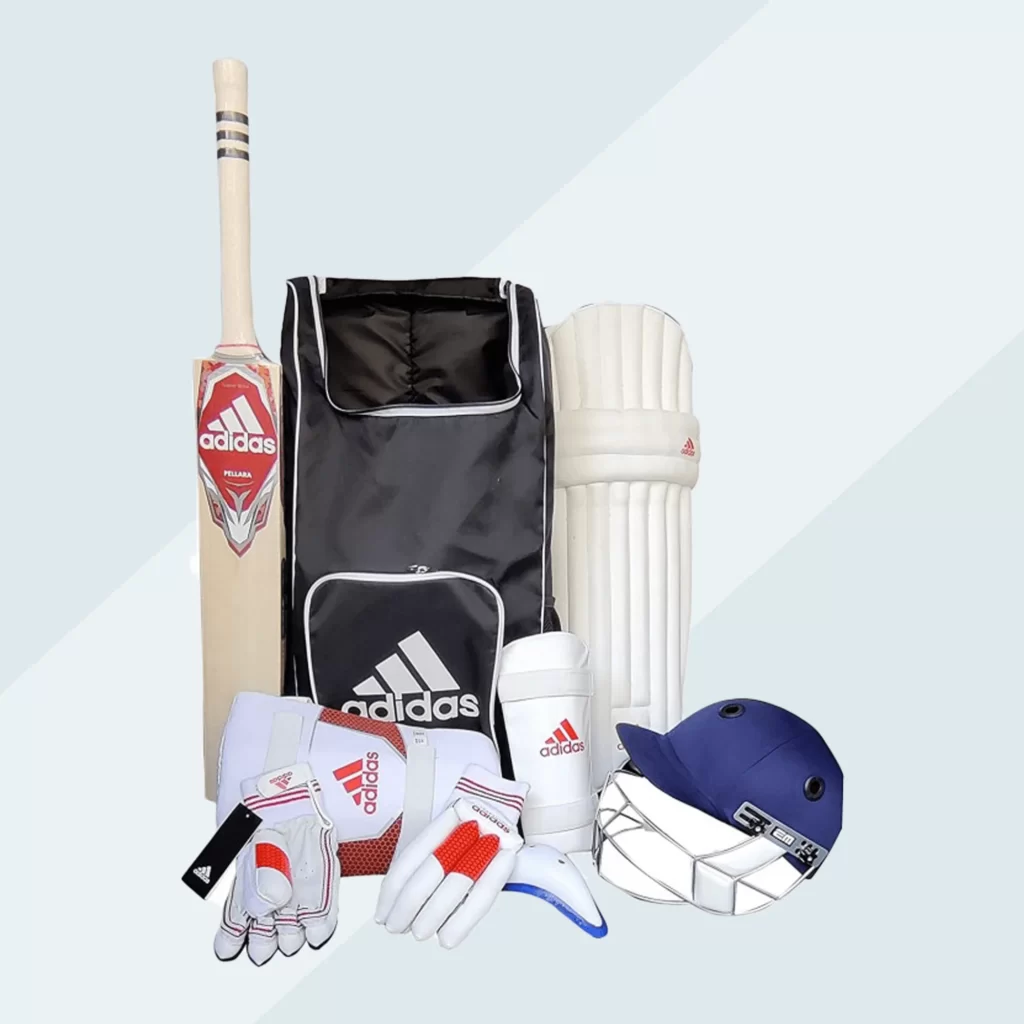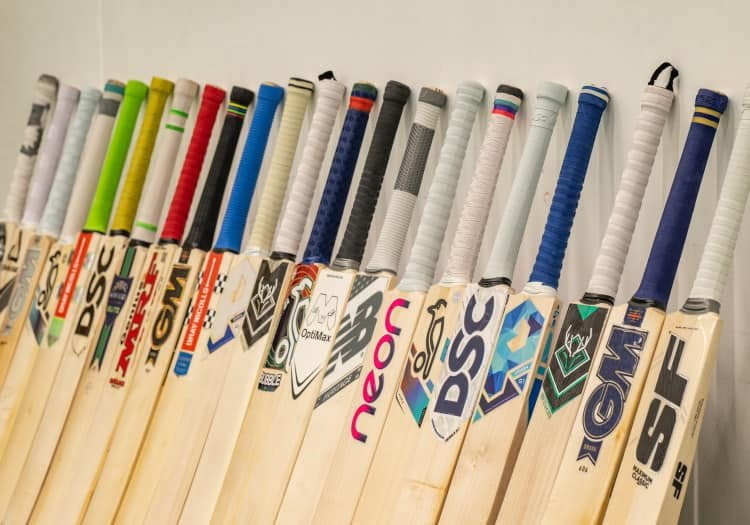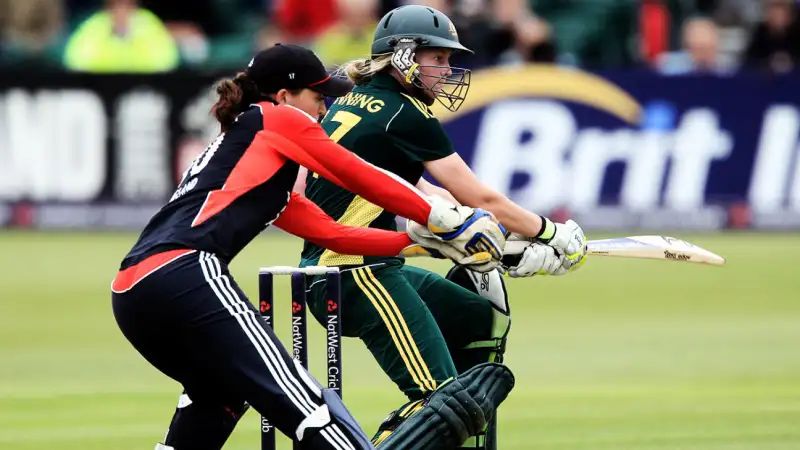Cricket Fielding Positions: Every Player Position – keysportswear

Cricket fielding positions
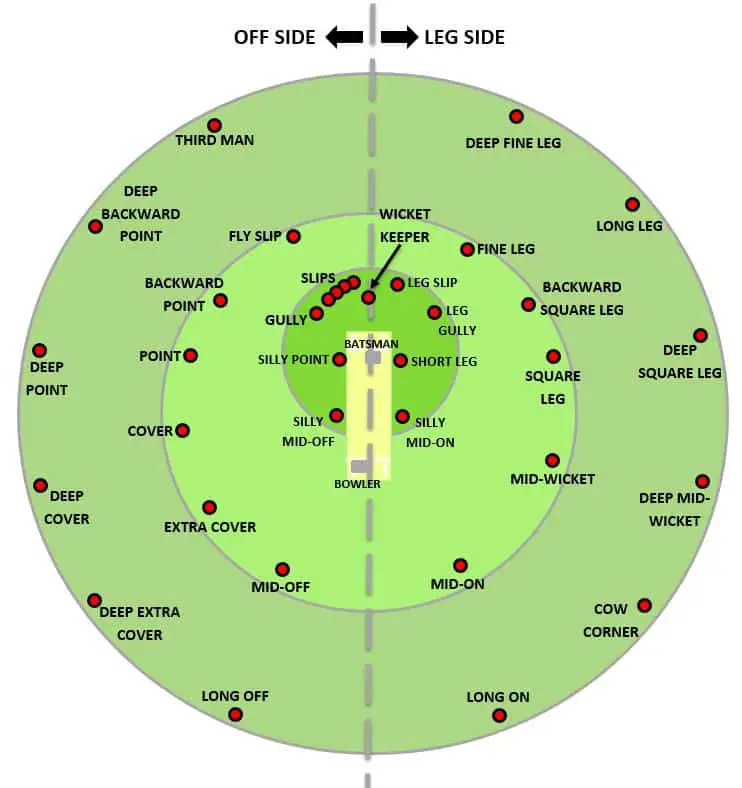
If you have not grown up playing cricket, then you have to face a lot of trouble in setting the Cricket fielding positions about which we will tell you in this blog, so stay tuned to our KeySportswear blog.
When it comes to regulations and other aspects like player roles, cricket is one of the most complicated games. Fielding and their position on the pitch are also included in this.
By the time you take into consideration every cricketer on the pitch, the number of fielding position combinations is virtually endless.
To figure out what’s going on (and avoid looking foolish when your captain orders you to cow corner when you’re actually hunting for a real cow), consult our guide to all of the field positions.
The cricket positions are important to grasp, regardless of whether you plan to play the sport. When you watch Cricket fielding positions on television or listen to the radio, knowing the
fielding positions can help you understand more of what is happening. It is also practically necessary to know where each position is in relation to the others.
Distance is Important in Cricket Fielding Positions

Let’s try to simplify the field a little before we go into the particular titles of the fielding positions. It is quite helpful to consider the distance from the batter when doing this. All positions are important since the batter is regarded as the field’s centre of gravity.
Shut Infield. You’ll notice when watching cricket that there are frequently a lot of fielders close to the batter and in the vicinity of the bat. You may have even seen photographs of fielders within a few yards frantically attempting to get the wicket during a test match of cricket.
Typically, the near catching spots are between 10 to 15 yards. The infield close positions’ duties include both taking catches and preserving runs.
a ring within. There are real fielding constraints around the inner ring, as you may have seen if you’ve watched the game in its shorter forms. These limit the number of fielders that may be present. In those shorter formats, the inner ring is symbolised by a circle, which is less important in test cricket. The fielders in the circle are often strong, quick, and adept at stopping singles while also keeping an eye out for runout possibilities.
The Outfield
The space between the inner ring (around 30 yards from the wicket) and the boundary rope is known as the outfield. Despite being the largest, you might not see as many fielders there. These individuals must to be able to rush to stop the fours or perhaps grab deep passes.
“On” and “Off”
Although most cricketers are aware of these very fundamental concepts,
we must make sure we’ve covered them because cricket fielding stances heavily rely on whether something is “onside” or “offside.”
Oh, and just to keep things easy (not), “on” and “leg”
are frequently used interchangeably, so you will understand when someone says “legside.”
The most basic explanation:
The side of the field that the batter faces when in their stance is known as the off side. The field’s other side is referred to as the on side (or leg side).
As the batter took a stance to meet a pitch, you would be facing their back if you were fielding on the leg side.
You may better comprehend by using the chart of cricket fielding positions below.
Close Infield/Catchers
The positions that are closest to the batter will be discussed first. When it comes to catching, these are the cricket fielding positions that are most frequently used, however it isn’t their entire function.
Wicket Keeper
The scorekeeper is essential. The wicket keeper will be quite simple to identify even
if you’ve never watched cricket before, which is why they’re first on the list.
They are located behind the stumps, and quick bowlers are often closer to them while spinners are farther away.
The wicket keeper will also be identifiable since they are donning gloves and, in the case of quick bowlers, a helmet.
Village cricketers will stand closer to the stumps since the ball won’t go as far, whereas professional cricketers may stand more than 20 yards away from the stumps to prevent the ball from frequently bouncing past them and going for a four.
The wicket keeper’s duties may include preventing those extra runs, but their primary responsibility is aiding in wicket-taking by making catches. It is a specialty job since it requires both exceptional mobility and excellent vision.
The decision-making process for decision reviews frequently involves wicket keepers as well, but the typical village cricketer won’t be subject to them.
Slips
It won’t take long for you to hear the phrase “in the slips” spoken once you start watching cricket.
On the wrong side are the slip fielders. They are where the ball will most likely land if it gets edged off the bat. From first slip to fourth slip, there are four different sorts of slips. Commentators may sometimes refer to “5th and 6th slips” when speaking.
It won’t take long for you to hear the phrase “in the slips” spoken once you start watching cricket.
On the wrong side are the slip fielders. They are where the ball will most likely land if it gets edged off the bat. From first slip to fourth slip, there are four different sorts of slips. Commentators may sometimes refer to “5th and 6th slips” when speaking.
Leg Slip
There is such a thing as a leg slip, as a footnote. On the leg side, these are essentially the slips’ mirror counterpart. You normally just have the one leg slide, not four of them.
Batters are occasionally caught out at the leg slip, but it does happen. There won’t be a lot of leg slips or the bowler slamming balls down towards leg in the hopes of a nick since there can only be a maximum of two fielders on the leg side beyond square.
As a batter wears down and begins to make those careless or subpar defensive strokes, having someone at leg slip might be a helpful approach when facing spinners.
Silly Mid Off
Now it’s time for the “silly” positions.
These positions received their moniker because, according to folklore, it is absurd to stand thus close to the batter. If your captain orders you there, good luck.
Silly mid off often occupies a position on the outside, quite near the pitch, and about in the middle of the wickets. The “mid off” is taken to an extreme as the fielder approaches.
Silly Point
A tremendous amount of boldness is necessary to reach silly point, which is at an angle of around 45 degrees from the batter.
When the spin bowlers are in action and certain game styles, silly edge is essential. At that point, the fielder will be on the lookout for edges or bad strokes that flip the ball into the air for a potential catch (you frequently have to dive to accomplish this grab).
It requires a skilled fielder with hand-eye coordination on par with the wicket keeper. In addition, a box and a helmet are among the several pieces of protective gear needed. A fielder at silly point must be adept at avoiding obstacles or risk taking a very hard hit from the opposition.
Short Leg
We assure you that this is a ridiculous job title. Short leg is on the batter’s leg side, however it is the opposite of foolish point.
For the same reasons as silly point, spinners frequently field at short leg in cricket. You could notice it for bowlers who are faster though.
There is a good probability that the short leg will be in play if a bowler can strike the gloves or make the batter hit a bad stroke. Yes, as you would have thought, this is another position that calls for a lot of safety gear, and there is still a danger of being struck on the side of the leg.
Silly Mid On
Another’mirror image’ situation. Similar to foolish mid off, but between the batter and the bowler on the leg side.
The position is straighter than a short leg would be. Another is there to serve as an offensive posture and to profit when a poor shot is made.
Backward Point
This variant on a theme is called backward point. You may go to backward point from the point position by moving a few yards behind the wicket’s square.
When facing a hitter that enjoys playing cut shots on the offside, you may use this stance to stop their singles or perhaps make some exceptional catches if they flash one in the air.
Mid Off
A frequently utilised fielding position is mid off. In an effort to block the drive or prevent hitters from playing it at all, this position is in place.
Mid off fielders are around 30-45 degrees wider than they would be if they were directly in front of the bowling. They could even get passed by a quick bowler as they run up.
A fielder who can stop these strokes is crucial since many batsmen seek to hit their shots towards the boundary in this region.
This is a fantastic spot on the pitch for a bowling partner or captain since you can talk to the bowlers throughout their run-ups and communicate your strategies easily from here. Many captains like being in command.
Cover
Cover is more square and occurs when the batter is angled around 45 degrees from the offside boundary to the point fielder.
On the field, this is a tactical posture. Many hitters would repeatedly hit this area if the circumstances were perfect, therefore some captains like to leave it open to entice drives and put the slips and catchers into action.
Cover fielders are frequently skilled athletes who can cover and block the space surrounding the ball. You might have to halt a few crucial runs.
Extra Cover
Between the mid-off and cover positions is this. Depending on the talents
and preferences of the batter, who may frequently opt to hit in this direction, a fielder may be placed here.
The terms “cover” and “extra cover” can be used interchangeably, and a fielder may switch between the two depending on what they anticipate the batter will do.
Mid On
Once more, we’re in the “mirror” Cricket Fielding Positions. Just on the leg side, mid-on is the identical twin of mid-off.
In the same way as mid off is meant to prevent drives down the leg side, this position works the ball into the leg side to prevent easy singles.
Square Leg
Fielders in a square shape are lined up with the batsman and the wicket.. The batsman is in line on the square leg cricket fielding positions.
A clue as to what this position looks like is provided by the umpire,
who is frequently positioned at square leg. You have an excellent view of the action, for sure.
It is a good idea to have someone who is swift across the ground operating this field position since the square leg fielder may be in charge of catching up a lot of the tiny flicks to the leg side depending on the rest of the field.
Shots like the hook, sweep, and draw may all land in this type of region. You could have your hands full in this position if the batter has a penchant for flicking the ball off their pads.
Mid Wicket
On the leg side, just in front of the square, and typically not far from the edge of the circle,
is where the mid wicket is located.
Some of the batter’s larger strokes, such the draw shot, will be the responsibility of the mid wicket. While certain fielders may also be able to block shots that would otherwise go to the boundary, especially if there are no fielders in the other leg side positions, stopping the single is likely to be your best chance of succeeding at mid wicket.
Outfield Fielding Positions
Since fielders must be able to sweep up and rush to stop the boundary in the deep
distances of the outfield, outfield spots naturally tend to be more dispersed. Two of the main duties of outfield fielders are to stop boundaries and to take catches from huge shots that go astray.
Third Man
You will be close to the third man if you draw a line from your slip fielders to the boundary.
You may rely on your third man to stop such boundaries from the cut shot or from batters just running the ball down and utilising the pace of the bowler because this is a common fielding position in shorter forms of the game when slip fielders are considered as a luxury.
Deep Point
The location of a deep point is the same as a point, but in the deep.
It is on the off side, square to the wicket, but much nearer to the boundary. Your deep point may have a lot of work as a sweeper, moving up and down and preventing the fours, if a batter frequently attacks down to the off side boundary with cut shots or even drives.
Deep Backward Point
When batters are driving a lot, deep cover is the appropriate position. Some hitters will constantly try to get to this position by driving down. This may be advantageous for your slips, particularly if the ball is bouncing and swinging. A deep cover can serve as a sweeper, halting the boundaries down to this region, but, if the ball isn’t moving and the batters keep hitting the ball through the covers. This is definitely a defensive stance, yet it is frequently necessary.
- Deep Extra Cover
- Long Off
- Long On
- Deep Fine Leg
- Long Leg
- Deep Square Leg
- Deep Mid Wicket
- Cow Corner




